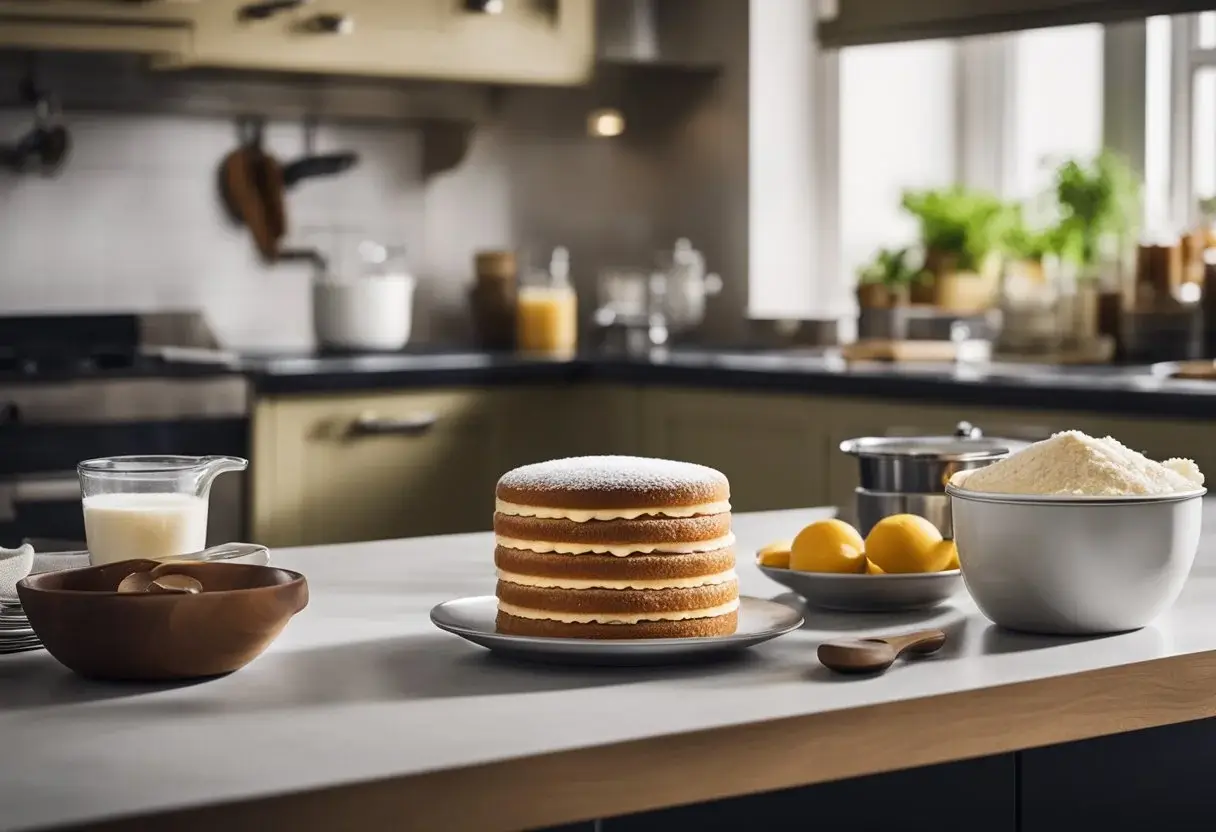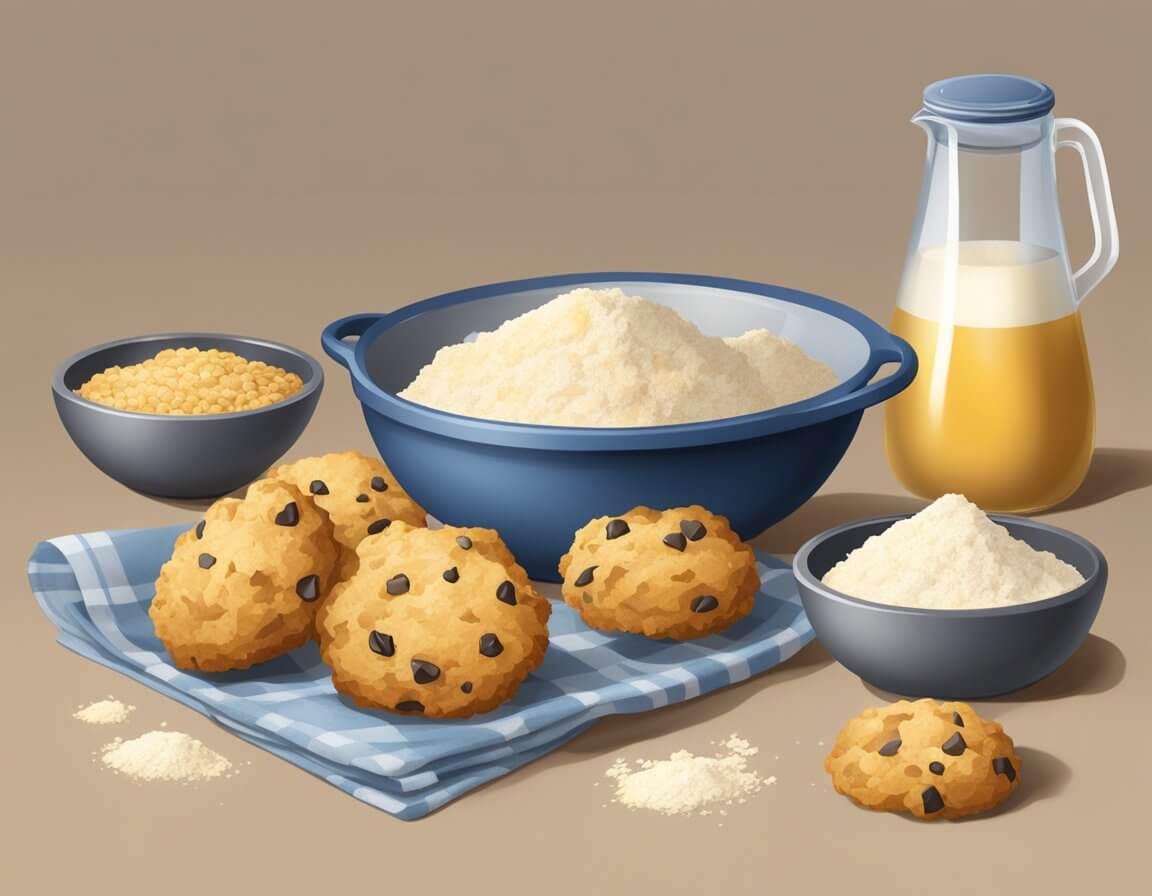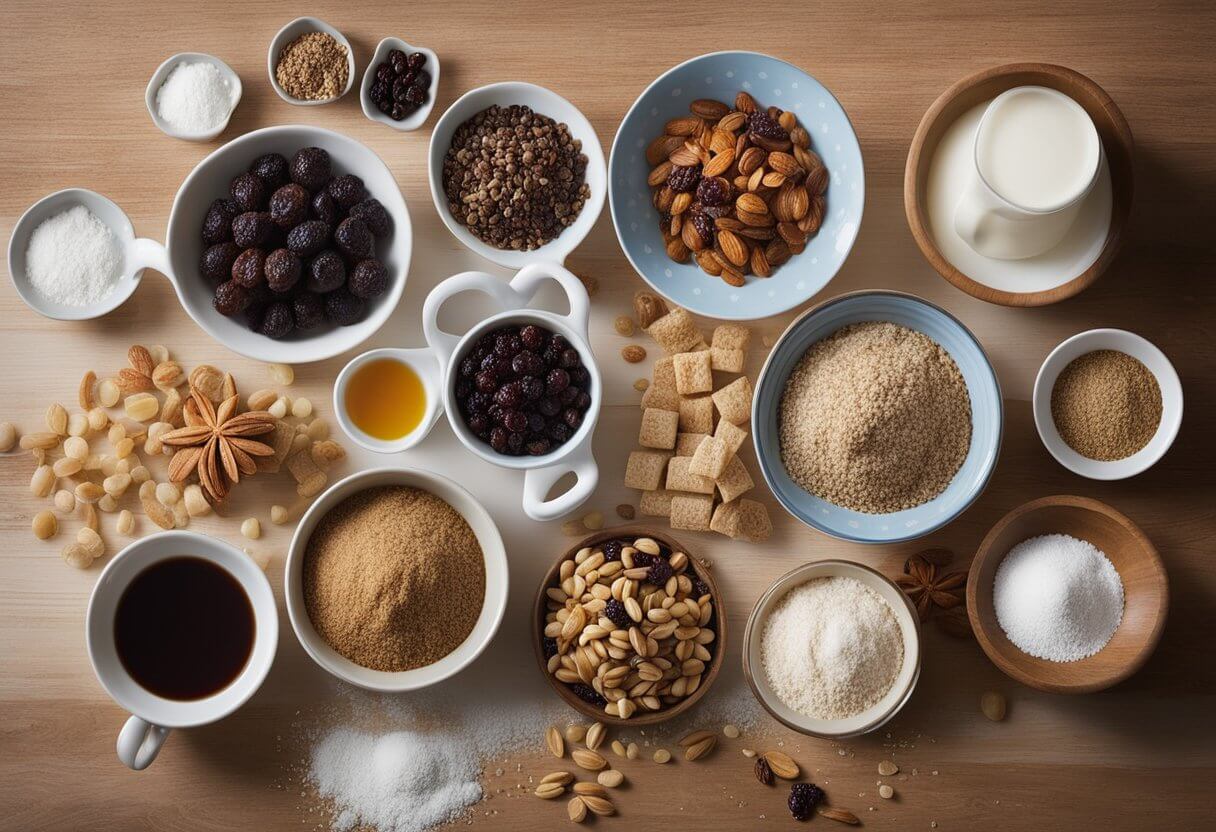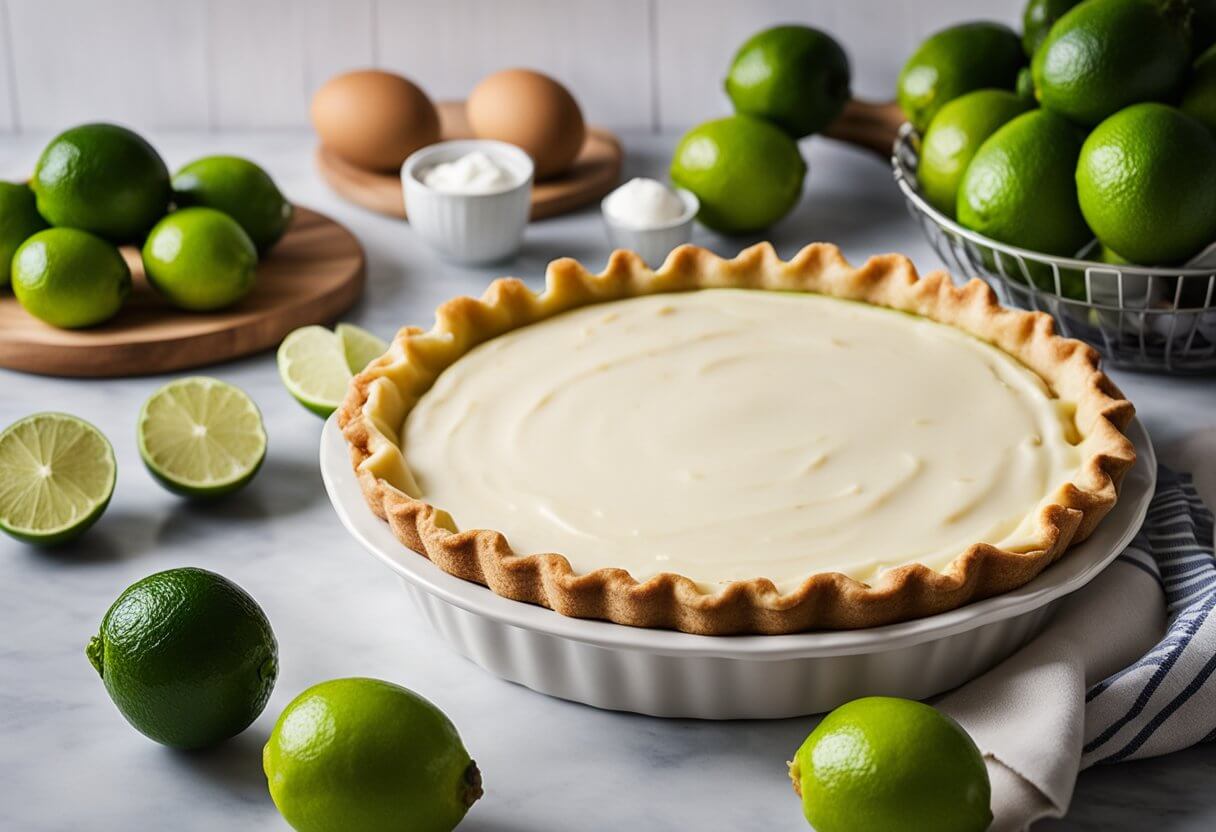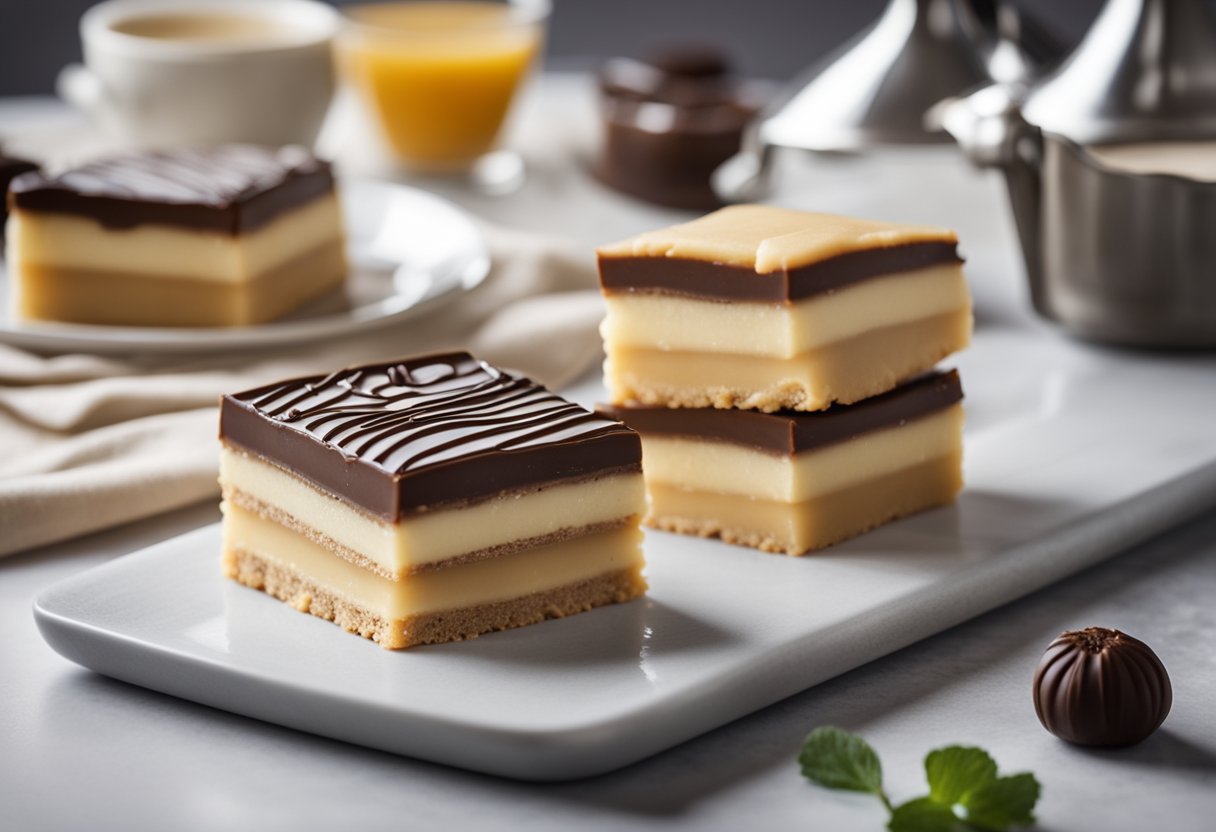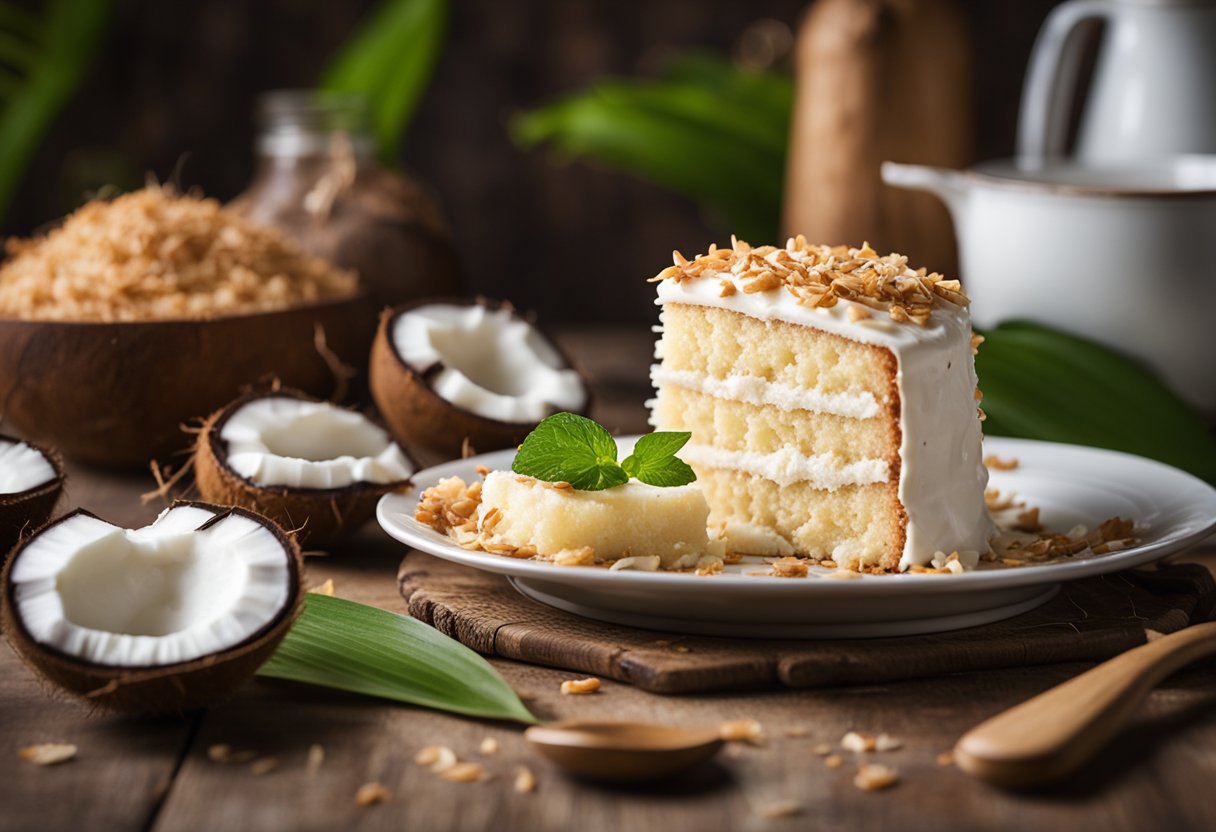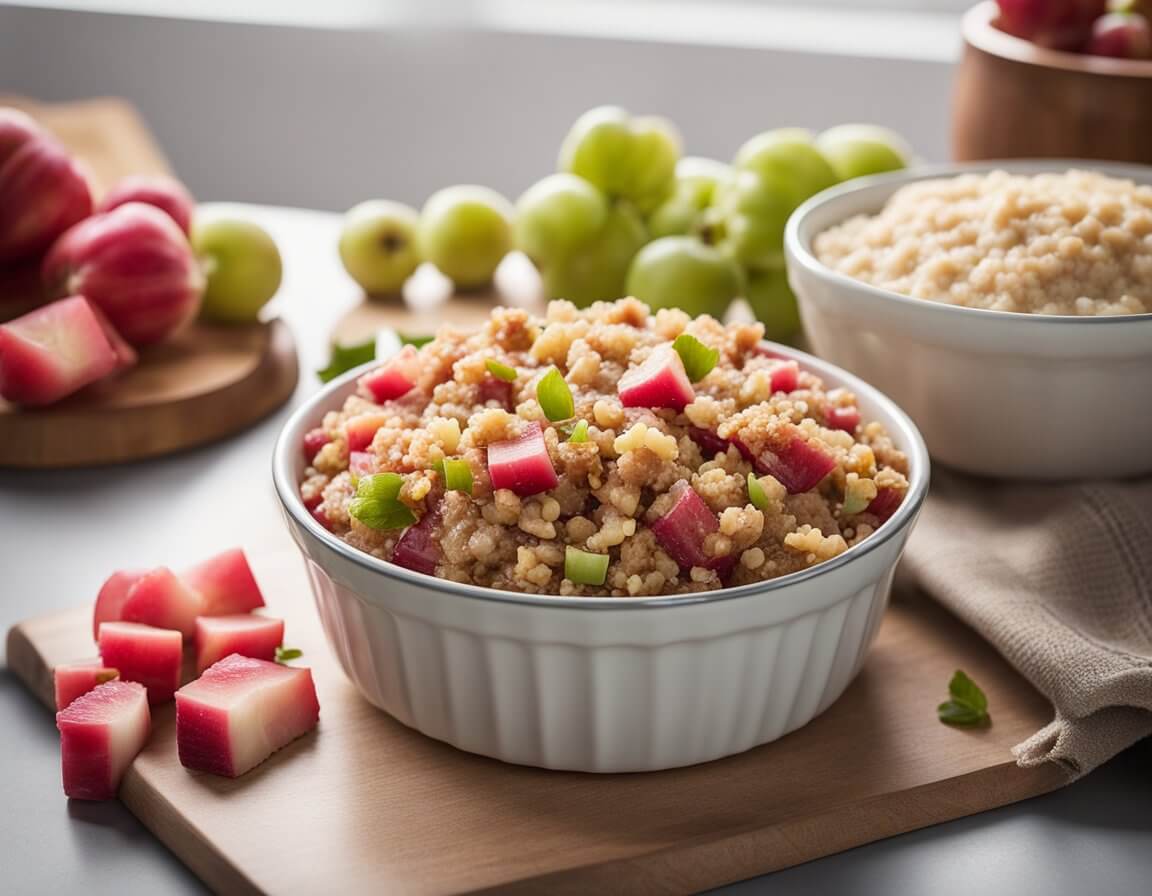Bero Victoria Sponge Cake is a classic British dessert that has been enjoyed for generations. This light and fluffy cake is made with simple ingredients, but it requires a bit of skill to get it just right. In this article, we will explore the history of Victoria Sponge Cake, the essential ingredients, recommended equipment, preparation techniques, baking and assembly, variations of the cake, serving and storage, common mistakes to avoid, and frequently asked questions.
The Victoria Sponge Cake was named after Queen Victoria, who is said to have enjoyed a slice of cake with her afternoon tea. The cake was originally made with two layers of sponge cake sandwiched together with jam and cream. Today, there are many variations of the cake, but the classic recipe remains a favorite among Brits and cake lovers around the world.
To make the perfect Victoria Sponge Cake, you need to start with the right ingredients. Flour, sugar, eggs, and butter are the basic ingredients, but you can add flavorings like vanilla extract or lemon zest to enhance the taste. You also need the right equipment, including a stand mixer or hand mixer, mixing bowls, and cake tins. With the right ingredients and equipment, you can create a delicious cake that will impress your friends and family.
Table of Contents
Key Takeaways
- The Victoria Sponge Cake is a classic British dessert named after Queen Victoria.
- The essential ingredients for the cake are flour, sugar, eggs, and butter, and the right equipment is necessary to create the perfect cake.
- There are many variations of the cake, but the classic recipe remains a favorite among Brits and cake lovers around the world.
History of Bero Victoria Sponge Cake
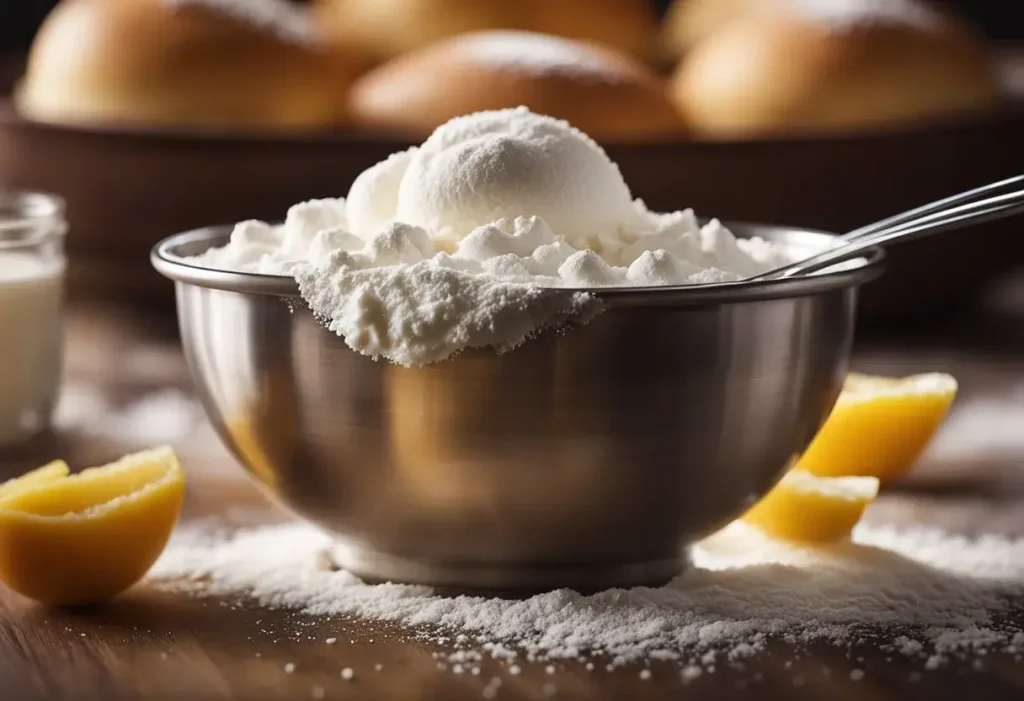
Victoria Sponge Cake, also known as Victoria Sandwich, is a classic British cake that has been enjoyed for over 150 years. It is named after Queen Victoria, who was known to enjoy a slice of this cake with her afternoon tea.
The Victoria Sponge Cake is a simple yet delicious cake made with just a few basic ingredients, including butter, sugar, eggs, flour, and baking powder. The cake is typically filled with jam and whipped cream, and sometimes dusted with powdered sugar on top.
The origins of the Victoria Sponge Cake are not entirely clear, but it is believed to have been created in the mid-19th century. It is said that the recipe was first recorded in a cookbook by a woman named Isabella Beeton in 1861.
The Victoria Sponge Cake quickly became a popular cake in England, and it is still enjoyed today as a classic British dessert. It is often served at afternoon tea, weddings, and other special occasions.
Overall, the Victoria Sponge Cake is a beloved classic that has stood the test of time. Its simple yet delicious flavors and rich history make it a true icon of British cuisine.
Essential Ingredients of Bero Victoria Sponge Recipe
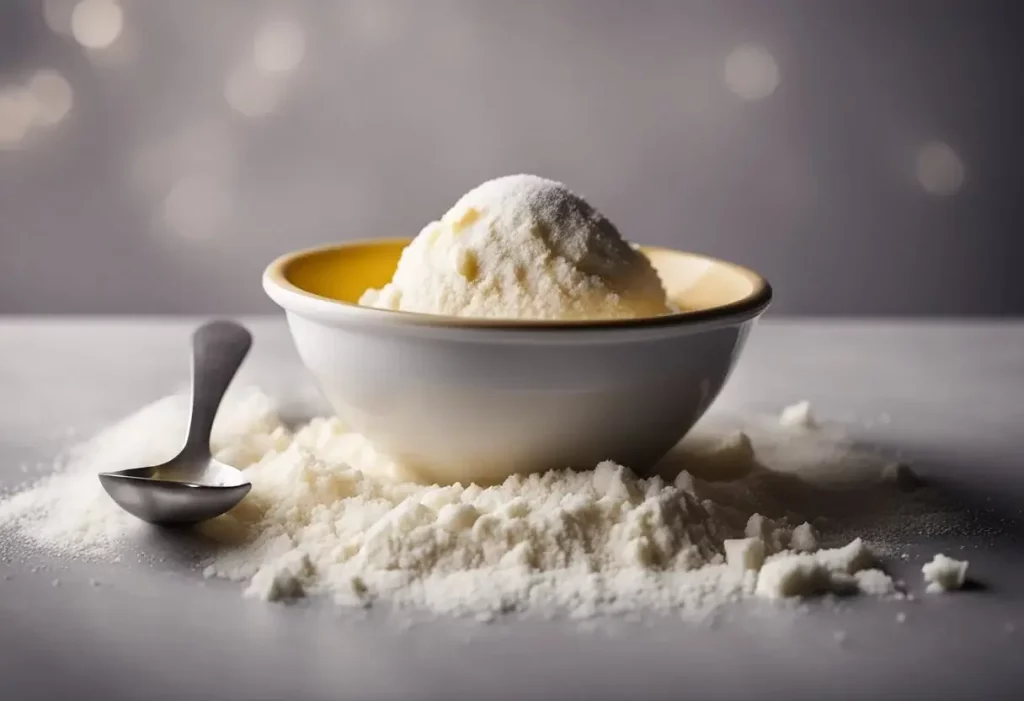
When it comes to making a delicious Bero Victoria Sponge Recipe, it is important to use the right ingredients. Here are the essential ingredients you’ll need to make the perfect sponge:
Flour and Leavening Agents
The foundation of any cake is flour, and for a Victoria Sponge, self-raising flour is the way to go. This type of flour already contains the leavening agents needed to give the cake its light and fluffy texture. Baking powder can also be added to help the cake rise even more.
Butter and Sugar
Butter and sugar are key ingredients in any cake recipe, and the Victoria Sponge is no exception. Using unsalted butter will give the cake a rich and creamy flavor, while caster sugar will provide the sweetness needed to balance out the other flavors. It is important to cream the butter and sugar together until light and fluffy to ensure a smooth and even texture.
Eggs
Eggs are another essential ingredient in a Victoria Sponge. They provide structure and help the cake rise during baking. It is important to use room temperature eggs and to add them one at a time, beating well after each addition.
Jam Filling
The traditional filling for a Victoria Sponge is raspberry jam, but any type of jam can be used. The jam provides a sweet and fruity flavor that complements the richness of the cake. It is important to spread the jam evenly on one of the cake layers before sandwiching the two layers together.
By using these essential ingredients, you’ll be well on your way to making a delicious Bero Victoria Sponge Recipe.
Recommended Equipment

When preparing to bake Bero Victoria Sponge recipe, it is important to have the right equipment. This will ensure that the cake turns out perfectly and is easy to make. Here are some of the recommended tools:
Mixing Tools
When mixing the ingredients, it is important to use a good quality mixing bowl and an electric mixer. This will ensure that the ingredients are well combined and the cake batter is smooth. A rubber spatula is also recommended to scrape the sides of the bowl and ensure that all the ingredients are incorporated.
Baking Tins
The Bero Victoria Sponge recipe requires two 8-inch round baking tins. It is important to use good quality tins to ensure that the cake bakes evenly and does not stick to the tin. Non-stick tins are recommended as they make it easier to remove the cake from the tin without it breaking.
Cooling Racks
Once the cake is baked, it needs to be cooled on a wire rack. This allows air to circulate around the cake and prevents it from becoming soggy. It is recommended to use a wire rack that is slightly larger than the cake tin to ensure that the cake cools evenly.
Overall, having the right equipment is essential when making the Bero Victoria Sponge recipe. By using good quality mixing tools, baking tins, and cooling racks, you can ensure that the cake turns out perfectly and is easy to make.
Preparation Techniques
Creaming Method
The creaming method is a classic technique used in baking, and it is a crucial step in making a perfect Victoria sponge cake. To achieve the perfect texture and consistency, the butter and sugar should be creamed together until they are light and fluffy. This can be done by using an electric mixer or a wooden spoon. The creaming process helps to incorporate air into the mixture, which will help the cake rise and become light and fluffy.
Sifting Dry Ingredients
Sifting dry ingredients is another essential step in preparing a Victoria sponge cake. Sifting helps to remove any lumps and aerate the flour. This will ensure that the cake is light and fluffy. To sift the dry ingredients, use a fine-mesh sieve and gently tap the sides to sift the flour, baking powder, and salt.
Folding in Eggs
Folding in eggs is the final step in preparing the batter for a Victoria sponge cake. To do this, beat the eggs lightly in a separate bowl and then fold them into the creamed butter and sugar mixture. Be sure to use a spatula and gently fold in the eggs to prevent overmixing. Overmixing can cause the cake to become dense and heavy.
Overall, these preparation techniques are essential for making a perfect Victoria sponge cake. By using the creaming method, sifting the dry ingredients, and folding in the eggs, you can create a light and fluffy cake that is sure to impress your friends and family.
Baking and Assembly
Baking the Sponge
To begin, preheat the oven to 180°C and grease two 8-inch cake tins with butter and line them with parchment paper. In a large mixing bowl, cream together the softened butter and caster sugar until light and fluffy. Beat in the eggs, one at a time, and add in the vanilla extract. Sift in the self-raising flour and gently fold it in until the mixture is smooth and well combined.
Divide the mixture evenly between the prepared cake tins and smooth the surface with a spatula. Bake in the preheated oven for 20-25 minutes or until the sponge is golden brown and a skewer inserted into the centre comes out clean. Leave the sponges to cool in the tins for 5 minutes before turning them out onto a wire rack to cool completely.
Layering and Filling
Once the sponges have cooled, place one sponge onto a cake stand or plate and spread a generous layer of strawberry jam over the top. In a separate mixing bowl, whip the double cream until it forms soft peaks. Spoon the whipped cream over the jam and spread it out evenly using a spatula.
Place the second sponge on top of the whipped cream and gently press down to secure it in place. Dust the top of the sponge with icing sugar and decorate with fresh strawberries or raspberries if desired.
Final Touches
For an extra special touch, use a piping bag with a star nozzle to pipe swirls of whipped cream around the edge of the cake. Alternatively, use a palette knife to create a textured finish on the whipped cream. Serve the cake immediately or store it in the fridge until ready to serve. Enjoy!
Variations of Victoria Sponge Cake Recipe
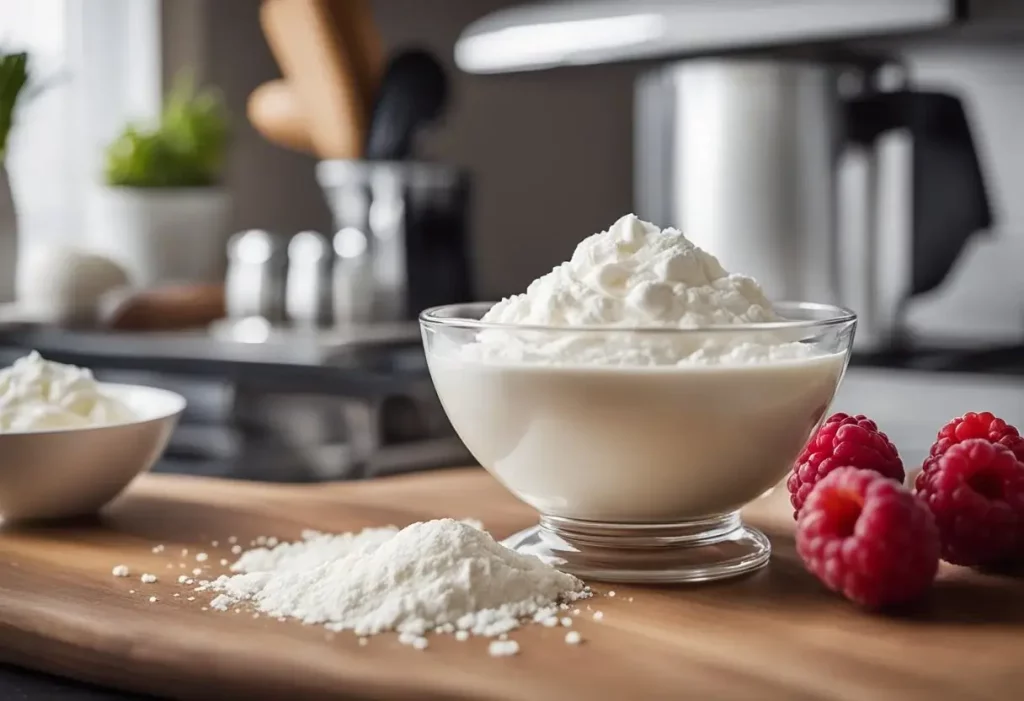
Alternative Fillings
While the traditional Victoria sponge recipe calls for a simple layer of strawberry jam and whipped cream, there are many alternative fillings that can be used to add a unique twist to this classic cake. Some popular options include:
- Lemon curd
- Chocolate ganache
- Fresh fruit, such as raspberries or blueberries
- Nutella or other chocolate spread
- Cream cheese frosting
- Salted caramel sauce
Experimenting with different fillings can be a fun and creative way to make your Victoria sponge cake stand out.
Flavor Additions
In addition to alternative fillings, there are also many ways to add different flavors to a Victoria sponge cake. Some popular options include:
- Adding lemon zest or juice to the batter for a tangy twist
- Mixing in cocoa powder or melted chocolate for a chocolatey variation
- Adding almond extract or chopped nuts for a nutty flavor
- Swirling in raspberry or strawberry puree for a fruity twist
- Mixing in spices such as cinnamon or ginger for a warm and cozy flavor
By playing around with different flavors and ingredients, you can create a Victoria sponge cake that is uniquely your own.
Serving and Storage
Once the Bero Victoria Sponge has been baked and cooled, it is ready to be served. It is best to serve the cake on the day it is made, as it will be at its freshest and most delicious. The cake can be served as is, or with a dollop of whipped cream and fresh berries on top.
If there are leftovers, the cake can be stored in an airtight container at room temperature for up to two days. After that, it is recommended to store the cake in the refrigerator for up to four days. However, keep in mind that the longer the cake is stored, the less moist and flavorful it will become.
To freeze the Bero Victoria Sponge, wrap it tightly in plastic wrap and then in aluminum foil. It can be stored in the freezer for up to three months. To thaw, remove the cake from the freezer and let it come to room temperature before serving.
It is important to note that the texture of the cake may change slightly after it has been stored or frozen. However, the delicious flavor will remain, making it a perfect treat for any occasion.
Common Mistakes to Avoid
When making a Bero Victoria sponge cake, there are a few common mistakes that can easily be avoided with a little bit of knowledge and attention to detail. Here are some things to keep in mind:
- Overmixing the batter: This is a common mistake that can result in a tough and dense cake. Be sure to mix the ingredients just until they are combined and smooth. Overmixing can cause the cake to lose its light and fluffy texture.
- Not measuring ingredients accurately: Baking is a science, and accurate measurements are crucial for a successful cake. Use measuring cups and spoons, and level off each ingredient with a knife to ensure accuracy.
- Using the wrong type of flour: The recipe calls for self-raising flour, which already contains baking powder. Using plain flour instead can result in a flat cake that doesn’t rise properly.
- Opening the oven door too soon: It’s tempting to check on the cake, but opening the oven door too soon can cause the cake to sink in the middle. Wait until the cake has been in the oven for at least 20 minutes before checking on it.
- Not allowing the cake to cool completely before icing: If the cake is still warm when you add the icing, it can melt and slide off the cake. Allow the cake to cool completely before adding any toppings.
By avoiding these common mistakes, you can ensure that your Bero Victoria sponge cake turns out perfectly every time.
Frequently Asked Questions
What is the secret to a perfect Victoria Sponge cake?
The secret to a perfect Victoria Sponge cake is to use the right ingredients in the right proportions and to follow the recipe correctly. It is important to use high-quality ingredients, including fresh eggs, butter, and flour. The cake should be baked until it is golden brown and a skewer inserted into the center comes out clean.
How can I ensure my Victoria Sponge is light and fluffy?
To ensure that your Victoria Sponge is light and fluffy, it is important to cream the butter and sugar together until the mixture is light and fluffy. This will create air pockets in the batter, which will help the cake rise and become light and fluffy. It is also important to sift the flour before adding it to the batter, as this will help to incorporate air into the mixture.
What are the key differences between a traditional sponge cake and a Victoria Sponge?
The key difference between a traditional sponge cake and a Victoria Sponge is the addition of butter in the Victoria Sponge. Traditional sponge cakes are made with only eggs, sugar, and flour, while Victoria Sponges include butter in the recipe. This gives the cake a richer flavor and a denser texture.
What are the best tips for making a Victoria Sponge in a 6 inch tin?
When making a Victoria Sponge in a 6 inch tin, it is important to adjust the recipe accordingly. Use a smaller amount of batter and reduce the baking time. It is also important to grease the tin well and line it with parchment paper to prevent the cake from sticking.
How do I adapt a Victoria Sponge recipe for cupcakes?
To adapt a Victoria Sponge recipe for cupcakes, reduce the baking time and adjust the amount of batter accordingly. Fill the cupcake liners about 2/3 full and bake until the cupcakes are golden brown and a skewer inserted into the center comes out clean.
What are the common mistakes to avoid when baking a Victoria Sponge?
Common mistakes to avoid when baking a Victoria Sponge include overmixing the batter, overbaking the cake, and using cold ingredients. Overmixing the batter can cause the cake to become tough and dense, while overbaking can cause the cake to become dry. Using cold ingredients can also cause the cake to become dense and heavy.
